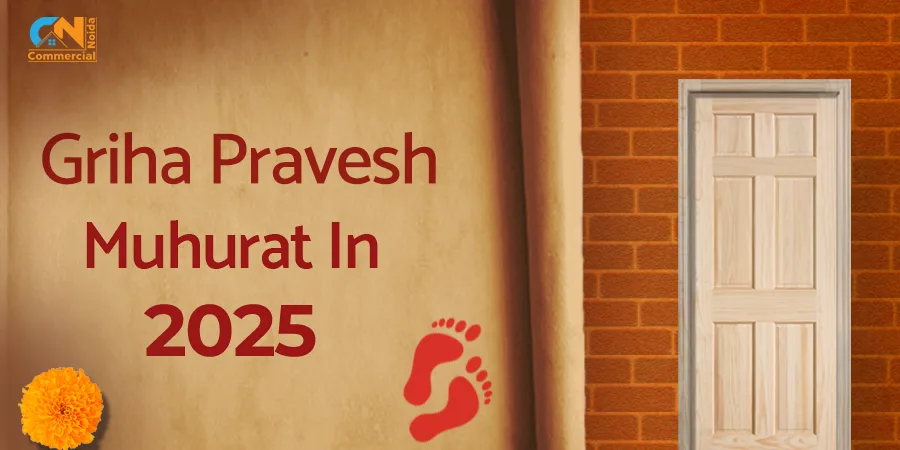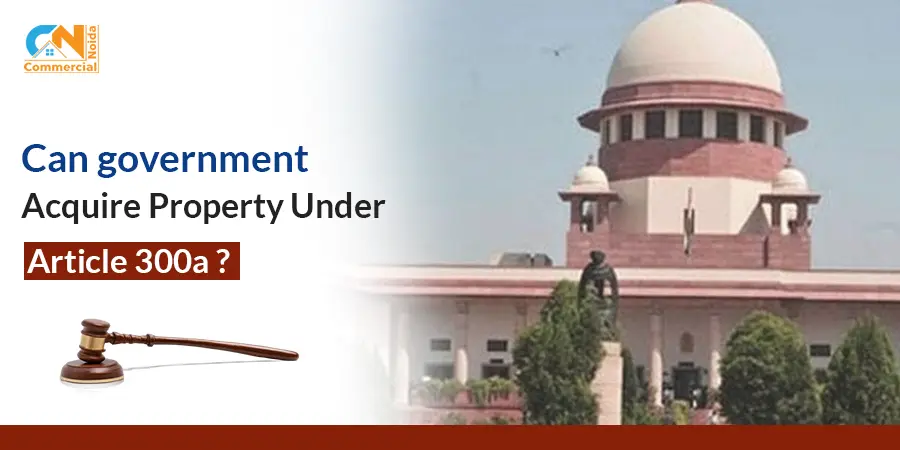How To Transfer Property After Death Of A Parent Without Will?

Transferring Property After Parent's Death: A Step-by-Step Guide
Who will get the property after the owner’s death? The process of assessing legal heirship and transfer differs according to laws and succession acts. Today, we will clarify how to transfer property after one’s parents have died.
Key Takeaways
• Understand the laws governing intestate succession based on personal law
• Obtain a legal heir certificate to establish relationships
• File for a succession certificate to claim assets
• Execute a partition deed for dividing property among heirs
• Complete the mutation process to update property records officially
How To Get Property Transferred After Death of Parents?
To get a property transferred on your name, after the death of your parents, you will need to follow the procedures according to the laws established by different religious groups. Such as:
• Hindu succession act 1956
• Muslim Personal Law (Shariat) Application Act, 1937
• Indian Succession Act 1925
What Is Intestate Succession?
It is called intestate, when a person dies without leaving a will for their property. The rules for the succession of the next heir will be called intestate succession. Various succession acts and laws have their intestate succession procedures; let's understand them:
Indian Succession Act 1925
As per the Hindu Succession Act 1956, class I heirs have the primary right on the property, such as :
• Widow
• Children (both sons and daughters)
• Mother
• Grandchildren
If the class I heirs are not available, class II heirs will get the property; class II heirs include:
• Father
• Brother
• Sister
• Father's mother
• Widow of a predeceased son
• Son's daughter
• Son's son's daughter
• Daughter's son
• Daughter's daughter's son
Indian Succession Act 1925
Under the Indian Succession Act of 1925, property distribution occurs in two ways. In testamentary succession, if a will exists, the property is distributed according to its terms. In intestate succession, if there’s no will, Class I heirs (spouse, children, mother) inherit first, followed by Class II heirs (father, siblings), and then agnates and cognates.
Muslim Personal Law (Shariat) Application Act, 1937
Under Muslim Personal Law, inheritance follows specific guidelines. Certain relatives, known as "sharers", receive fixed estate shares, including spouses, parents, and children. For instance, a son typically receives double the share of a daughter.
After distributing these fixed shares, any remaining estate goes to "residuaries", usually male relatives. Notably, a Muslim can bequeath only one-third of their estate through a will, while the remaining two-thirds must adhere to these established rules. For example, if a man passes away leaving a wife, two sons, and a daughter, the wife receives 1/8 of the estate, with shares calculated accordingly.
there is also a general question asked realted to these topics that:
Who is the owner of property after parents' death?
When someone passes away, who gets their property depends on whether or not they have a will. If there is a will, the property is given to the people the deceased chose, as stated in the will.
If there is no will, the property is divided according to the law among the closest family members, such as spouses, children, and sometimes parents, depending on the country's rules. These legal heirs will receive their share based on their relationship to the deceased.
Documents Required For Transfer Of Property After Death
Obtain A Legal Heir Certificate
A legal heir certificate establishes the relationship between the deceased and their heirs. To obtain it, applicants must apply to the District Court or Tehsildar Office, including details about the deceased and heirs.
You must also provide supporting documents, such as the death certificate and proof of identity. Following verification, a certificate is issued that enumerates all legal heirs and their respective relationships, a crucial step in claiming the deceased's assets.
Applying for a Succession Certificate
A succession certificate is required to transfer assets like debts, property, or securities after a person’s death. Heirs must file a petition in the civil court where the deceased lived. This petition should include details about the deceased, the heirs, and the assets involved.
The court will then publish a notice in a local newspaper inviting any objections to issuing the certificate. The court will conduct a hearing if no objections are received within a specified period. Heirs may need to present additional evidence or documents during this process.
Once the court is satisfied with the evidence, it issues the succession certificate. This certificate authorises the heirs to claim the deceased's movable assets, facilitating the transfer of ownership.
Execution of Partition Deed
A partition deed is executed when a property needs to be divided among multiple heirs. This deed outlines the property division and specifies each heir's share. All legal heirs must agree to the terms and sign the deed to avoid future disputes.
The next step is registering the partition deed at the local sub-registrar’s office. This registration requires payment of stamp duty based on the property’s value and a registration fee. Once registered, the partition deed gains legal validity, ensuring the division is officially recognized.
Mutation of Property after death of parents
Mutation is updating property records to reflect new ownership after a transfer. Heirs must apply for mutation at the local municipal or land revenue office. This application must include documents like the death certificate, legal heir certificate, succession certificate, and partition deed.
After verifying the submitted documents, the authorities will approve the mutation. Once approved, the property records show the new owners' names. This step is crucial for ensuring the property is officially transferred to the heirs.
Transfer of property from father to son, after death
To transfer property after the death of a father, it is important to first determine whether the property is ancestral or self-acquired, as the process differs for each. Ancestral property is inherited by birth, meaning the legal heirs automatically acquire a share in it.
In the case of self-acquired property, one must check if the father had made a will; if so, the will must be probated (i.e., legally validated) to transfer the property as per the father's wishes. If the father died without leaving a will, the inheritance will be governed by the personal laws applicable to the deceased's religion.
For Hindus (including Buddhists, Jains, and Sikhs), all Class I heirs—such as sons, daughters, widow, and mother—are entitled to equal shares under the Hindu Succession Act. Muslims follow Islamic law (Shariat), which prescribes fixed shares for heirs, while Christians and Parsis are governed by the Indian Succession Act, 1925.
Regarding the registration of inherited property, there is no requirement to register ancestral property immediately, but mutation of records is essential.
This typically requires the death certificate, legal heir certificate, and a succession certificate or any document mandated by the local authority. Similarly, in the case of self-acquired property, although ownership passes automatically to the legal heirs, mutation of the property is still necessary to update land or municipal records.
Cost of property transfer after death of parents
There is no registration or stamp duty fee applicable on property transfer after the death of parents, because the property is being transferred by the operation of law, not being sold or gifted.
Time limit to transfer property after death
There is no certain time limit to transfer the property after owner's death but it is advised to tranfer it to the legal heir as soon as possible as it could lead to disputes in future.
Conclusion
Property transfer after the death of a parent without a will involves several essential steps, including understanding intestate succession laws, obtaining legal heir and succession certificates, executing a partition deed, and updating property records through mutation.
By following the prescribed legal processes based on personal laws, heirs can ensure a smooth transfer of assets and uphold their rights. Heirs must be informed about their entitlements and gather the necessary documents to facilitate the transfer efficiently.























































































































.webp)
































































































.webp)
















































































.webp)
































































































